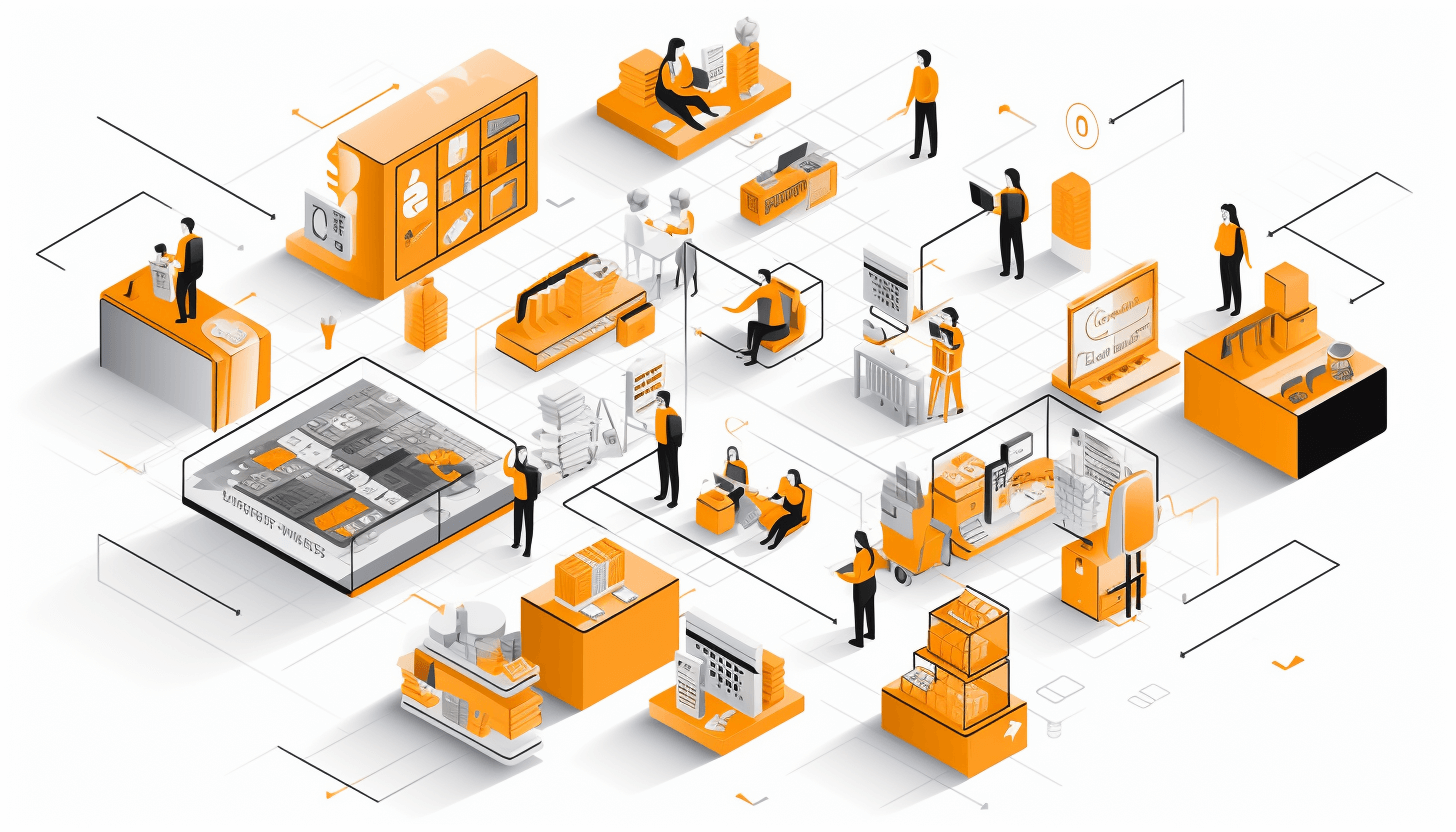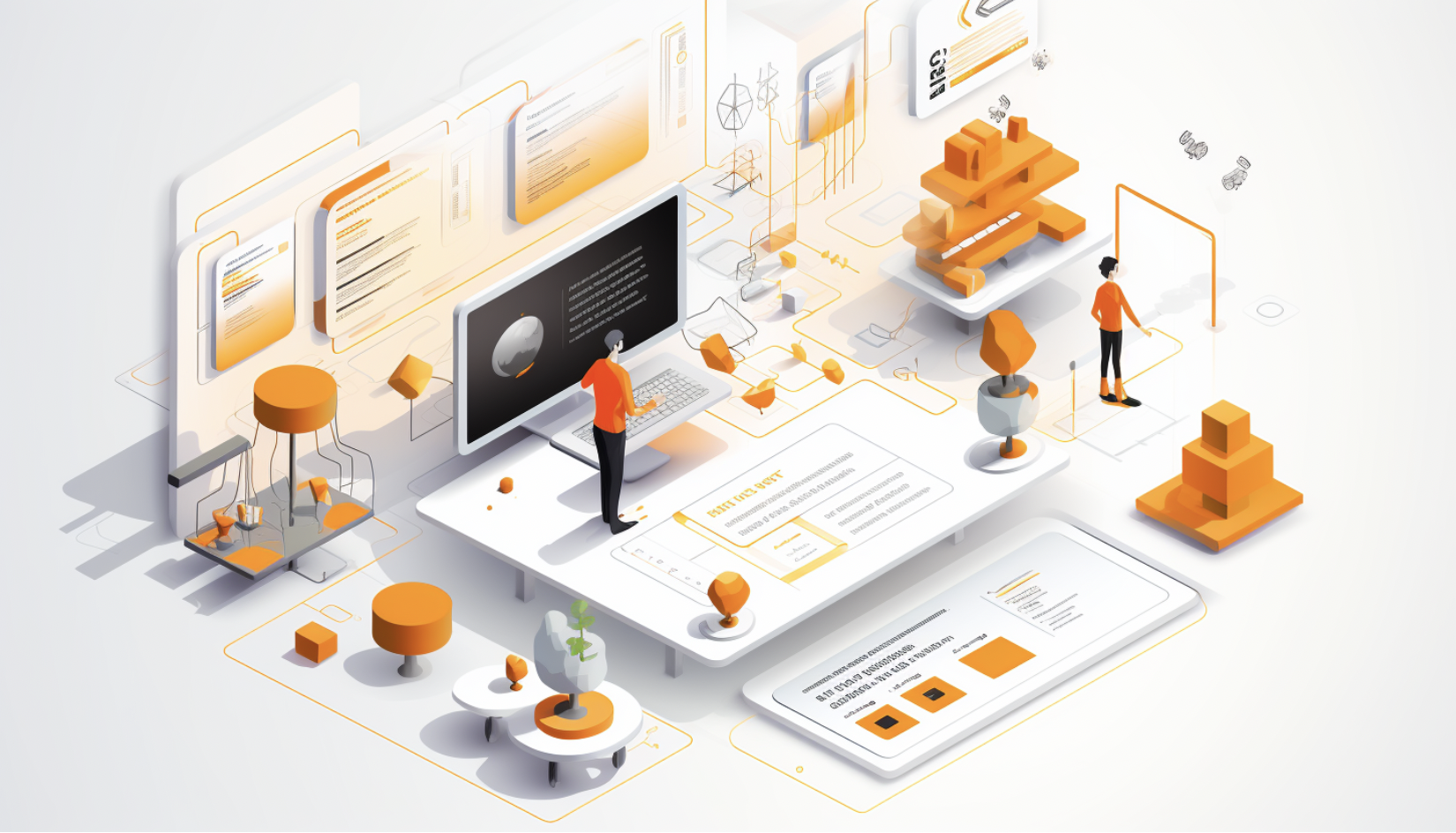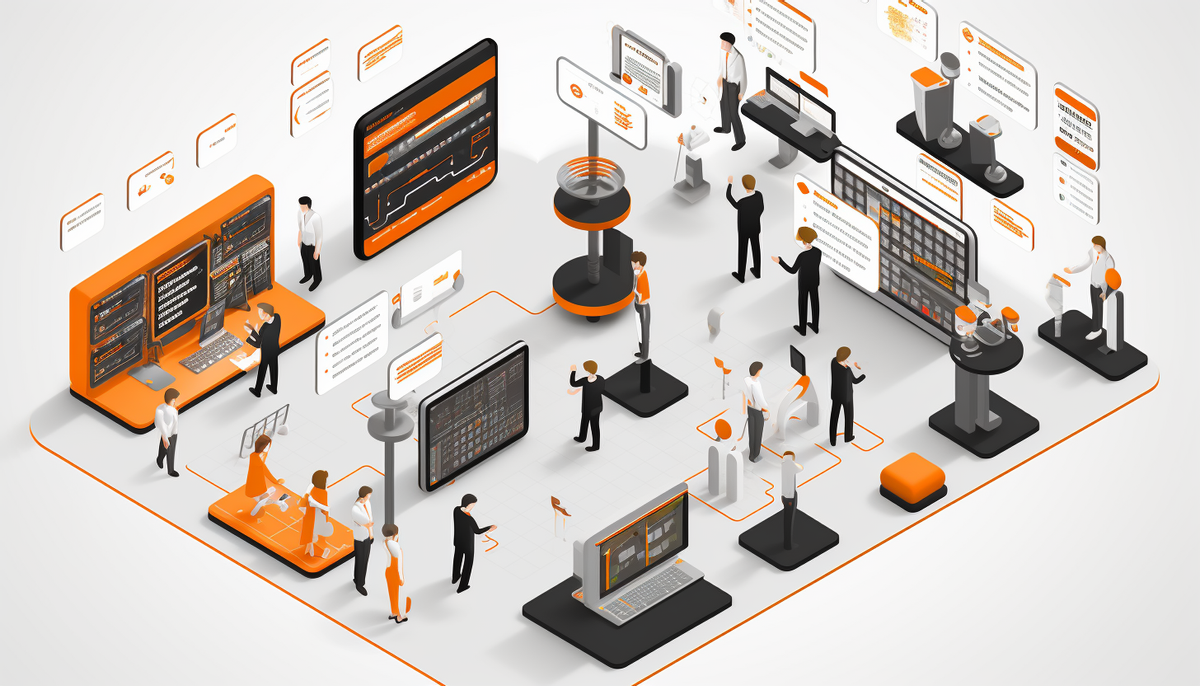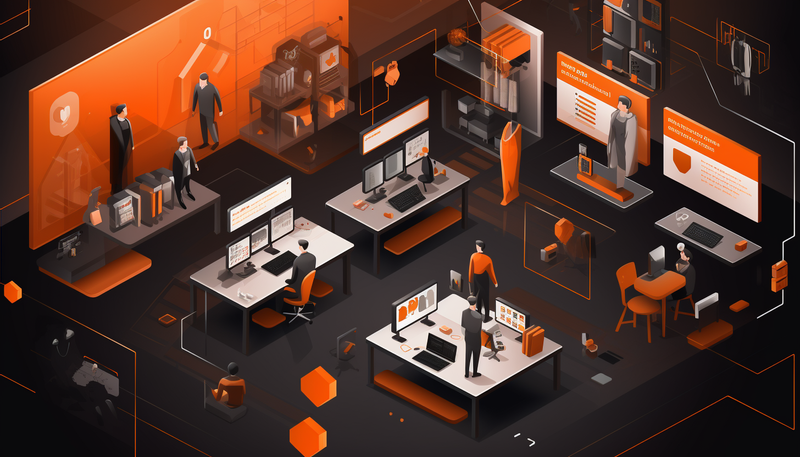Omnichannel solutions: Starbucks, Disney, Oasis, and Timberland. Learn omnichannel ecommerce strategies from top-notch businesses. Most likely, you have already heard the concept of ‘omnichannel’, which has been around for several years and is quite popular.
Still, you should not confuse the meaning of this word with another, no less popular, multichannel.
The article will make it possible to understand the difference between these two concepts, how they work, and the problems you may face when implementing strategy into your ecommerce business.
Omnichannel Experience
Omnichannel commerce (or omnichannel retail) is an approach to selling and delivering a seamless customer experience no matter where purchasers to shop, online using a mobile device, laptop, or in a brick-and-mortar store. Before going to the store, potential buyers always study any products on the Internet, and even while in the store, they continue their research. The Harvard Business Review says that 73% of all consumers use multiple information channels when they purchase a product.
Multichannel Experience
Multichannel is an approach that uses multiple channels, online or offline, to convey the same message or idea to customers. All channels work independently and are not connected at all.
Multichannel vs Omnichannel:
What's the Difference Nowadays, companies are investing a great deal into the development of an omnichannel customer experience, which happens because consumers’ lives have changed. People usually own several devices capable of reaching the internet. But they do live authentic lives and drop into brick-and-mortar cafes, restaurants, and stores. That’s why businesses adjust themselves to the latest market requirements and become bricks and clicks and transform the way they interact with customers.
Omnichannel means a cohesive and seamless customer experience and service through a variety of integrated channels. This term is frequently confused with multichannel, but they are pretty different.
Multichannel means providing multiple independent distribution channels where a consumer can interact with your product and buy it. Imagine that you sell goods through an online store, social media, catalogs, marketplaces, and retail. All these channels exist equally and offer the same product. They differ only by the way they are sold.
Below is the difference between how omnichannel and multichannel marketing strategies work in action.
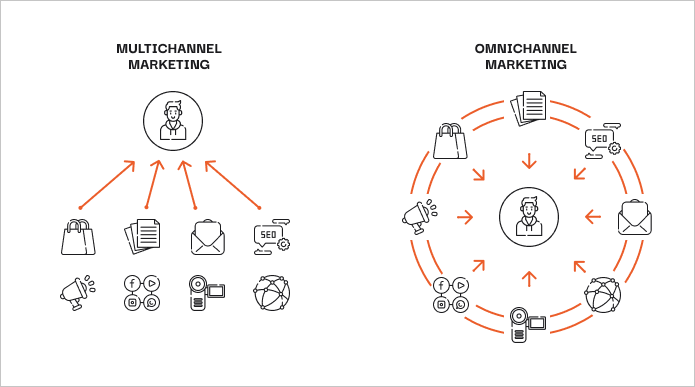
Omnichannel strategy refers to making these different channels connected, forcing them to work in a team together. As a result, customers get a unified experience where the online and offline business presence are interrelated and flow.
Fortunately, tools such as Google Analytics and Google Tag Manager enable business owners to painlessly manage all of these channels. They help to track multichannel funnels, different attribution models, etc. It is impossible for brick-and-mortar stores. An online presence allows businesses to personalize data on the highest level.
Omnichannel eCommerce
Best Practices You already know how to distinguish omnichannel strategy from its younger brother, multichannel. Now, let’s see some inspiring examples of already implemented omnichannel experiences.
Starbucks Omnichannel Retail Example
A huge chain of coffeehouses merges user experience in the app and the cafe its mobile app. You can collect stars and earn rewards from your mobile phone or computer, thereby using the purchased points to pay for drinks or buy food. Also, you can order coffee on the go and customize it while running to the nearest coffee shop. Sounds great!
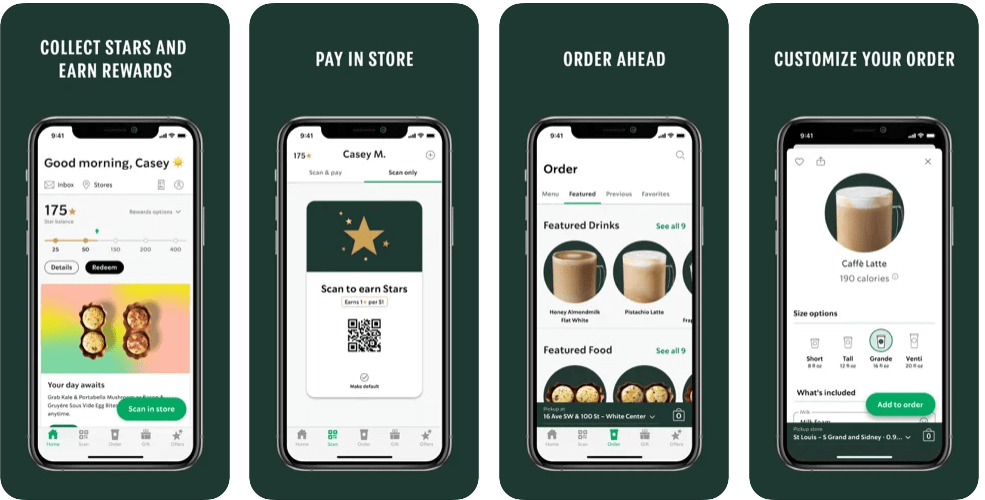
Disney Omnichannel Retail Example
Disney’s omnichannel solution starts from the website, where you can get access to all of the content produced by the company and plan your vacation and find out relative costs.
The entertainment giant also allows customers to use the mobile app to map their trip route, book hotels, define attractions to attend, fine eateries, manage reservations, add friends to a list, etc. Using the app, visitors to Disney’s amusement parks can even see the wait times for rides and activities. In the park, people get wristbands and cards, serving as hotel room keys and meal charging tools.
They also help to connect photos to the particular account to make the pictures taken by Disney’s photographers visible to those depicted in them.

Oasis Omnichannel Retail Example
Oasis is a fashion retailer that has combined its e-commerce website, mobile application, and brick-and-mortar stores into a single omnichannel experience.
First of all, sales representatives in the stores hold tablets and are ready to give you comprehensive and up-to-the-minute information about a product. The devices are also enabled to receive payments so products can be bought from anywhere in the store. If something is out of stock, a salesperson can immediately order a product delivered right to your door.
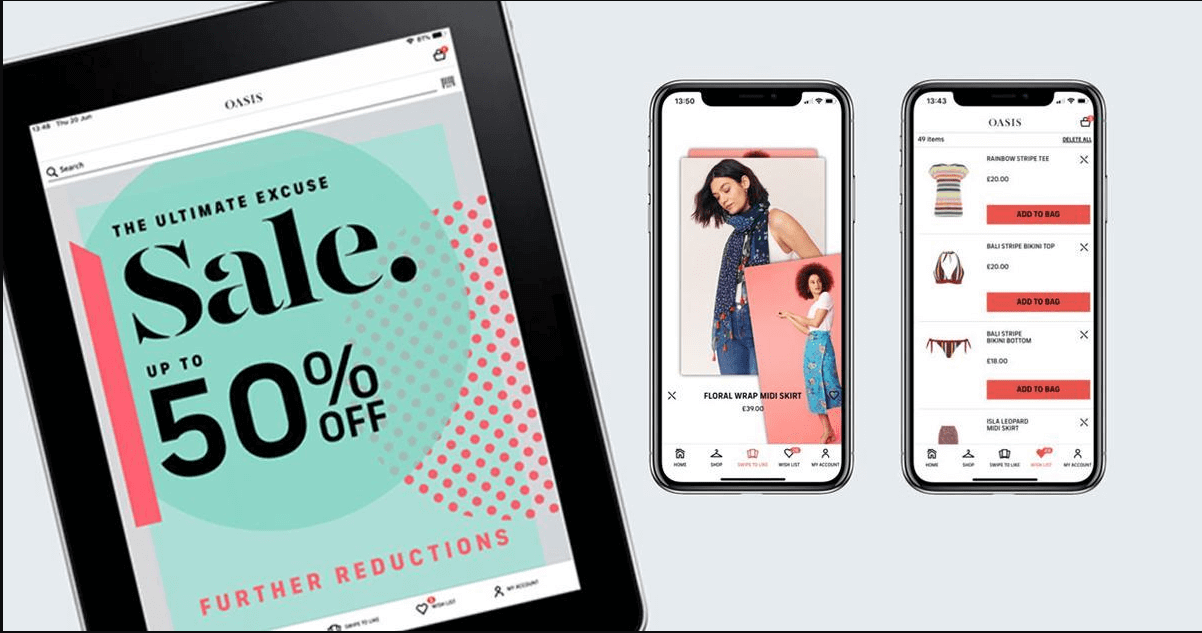
Timberland Omnichannel Retail Example
The company has created Touchwalls in its stores to make it possible for customers to learn more information about in-store products via NFC-enabled tablets . After that, buyers can add the item to their wish-list list or find out some recommendations about other products.
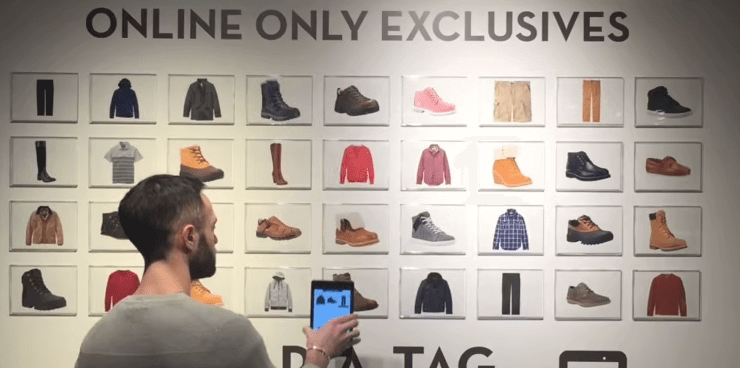
Challenges You May Encounter When Implementing Omnichannel for Retail
Putting a multichannel strategy into practice is more manageable because everything you need is to broaden the number of channels people can interact with your brand. The case turns out to be much harder regarding omnichannel. This incorporates the different ways consumers buy and then makes them part of a sole, consistent customer journey. Such an approach frequently requires organizational changes within your business.
1. Cost of adopting the omnichannel strategy. Many store owners have a POS system that has been highly customized for their business. As well, there are order management and ERP systems. All of them have to be customized all over again in the case of omnichannel implementation. Depending on your vision of future customer experience, you may even need to replace older technologies with new ones. This complicated work takes a considerable investment to be done well.
2. Resistance of sales representatives. If you already have a brick-and-mortar store and want to create a website, you will probably encounter the following barrier. Sales representatives who cash in on commission for in-store purchases will be resistant to letting people buy online. They’d rather sell something available there and then to a customer who doesn’t need it than encourage them to order a product on a website. Imagine how it can affect the shopping experience you provide. To overcome this challenge, you should provide your staff with the ability to track those who drop into the store first and then purchase online. You should implement such technology and pay commission for every online transaction to the sales reps who had a hand in it.
3. Necessity to reorganize your business. You probably have different departments (marketing, IT, etc.) that have been successfully working for years, but old methods break when it comes to omnichannel. The ever-changing global market requires an immediate response to its trends and tendencies. You can provide it only if you remove silos between the company’s divisions and make them cooperate with high transparency.
Final Words
More and more companies are moving to omnichannel and getting huge profits from it, but it’s a complicated issue that can take a significant amount of time and money. If you decide to change how you interact with a customer, make sure you do it carefully. Every detail has to be pondered, and if you need some advice, contact us via the form below. We will be happy to help you.

